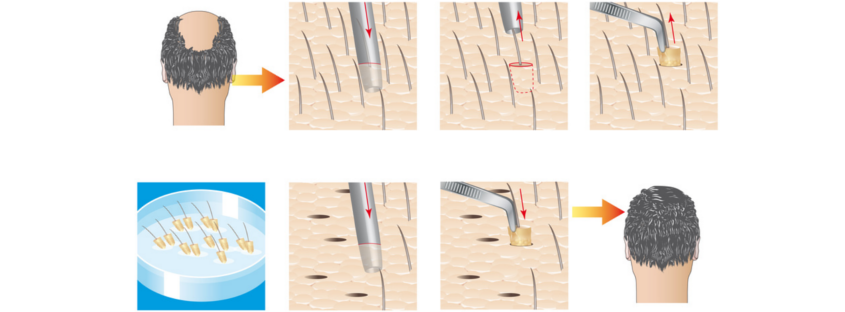Phases of Hair Growth after FUE Surgery
A “patient” patient will see the result!
After hair transplantation surgery, hair growth goes through a process which takes about a year to achieve the final outcome. In fact, everyone has their own hair and of course their own cycles of hair growth. There are also some “ups and downs” in the process, hence, the patient should be informed completely about the hair growth cycle after hair transplantation procedure. Moreover, since the natural untouched hairs grow at their normal rates, and the transplanted hairs cannot “surpass” them, the patient needs to have the required tolerance to wait and see the result of the treatment after a year or more. Here are the different stages of hair growth that happen in the months after a hair transplantation procedure:



